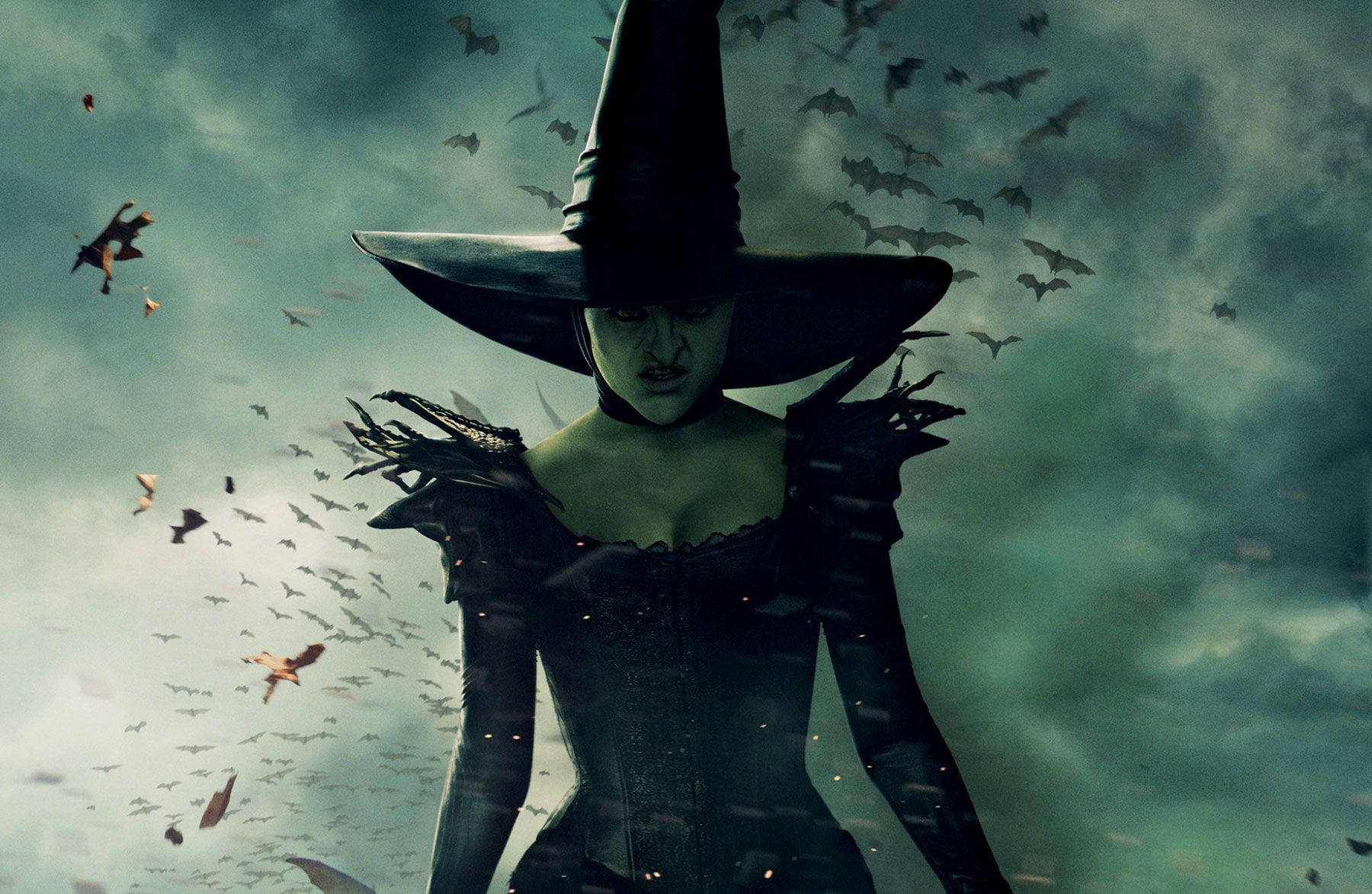
FAQ About Magic in the Middle Ages
Magic in the Middle Ages
2 years ago | gizem
Were there any famous medieval grimoires or spellbooks?
Yes, several famous medieval grimoires or spellbooks have survived through history, providing insight into the magical beliefs and practices of the time. These grimoires were collections of magical rituals, spells, and instructions for invoking supernatural powers, spirits, and forces. Here are some of the most notable medieval grimoires:
- The Key of Solomon (Clavicula Salomonis): Attributed to King Solomon, this grimoire is one of the most influential and famous magical texts of the medieval period. It outlines rituals for summoning and commanding spirits, as well as various magical practices and talismanic instructions.
- The Lesser Key of Solomon (Lemegeton or Ars Goetia): Part of a larger compilation known as the "Greater Key of Solomon," this grimoire focuses on summoning demons and contains a list of 72 demons along with their sigils and attributes.
- Picatrix: Originally written in Arabic and titled "Ghayat al-Hakim," this grimoire was translated into Latin in the 13th century. It combines astrology, magic, and occult philosophy and provides instructions for creating talismans, amulets, and magical images.
- The Sworn Book of Honorius (Liber Juratus Honorii): Attributed to Pope Honorius III, this grimoire is a compilation of magical rituals, incantations, and invocations, including instructions for summoning angels and demons.
- The Fourth Book of Occult Philosophy (Liber IV): Written by Heinrich Cornelius Agrippa, this work explores various aspects of magic, including ceremonial magic, natural magic, and talismanic practices.
- The Book of Abramelin (Liber Abramelin): This grimoire details a complex system of magical rituals and invocations, as well as the process of attaining "Knowledge and Conversation with the Holy Guardian Angel."
- The Book of Raziel (Sefer Raziel HaMalakh): A Hebrew text attributed to the angel Raziel, this grimoire focuses on astrology, angelology, and various magical correspondences.
- The Heptameron: Written by Pietro d'Abano, this grimoire presents a collection of magical rituals and invocations based on the seven days of the week.
- The Grimoire of Pope Honorius (Grimoire du Pape Honorius): An anonymous grimoire attributed to Pope Honorius III, this text outlines rituals, invocations, and magical symbols.
- The Grand Grimoire: Also known as "Le Veritable Dragon Rouge," this grimoire is a 17th-century text that claims to offer a method for summoning Lucifer and other demons.
